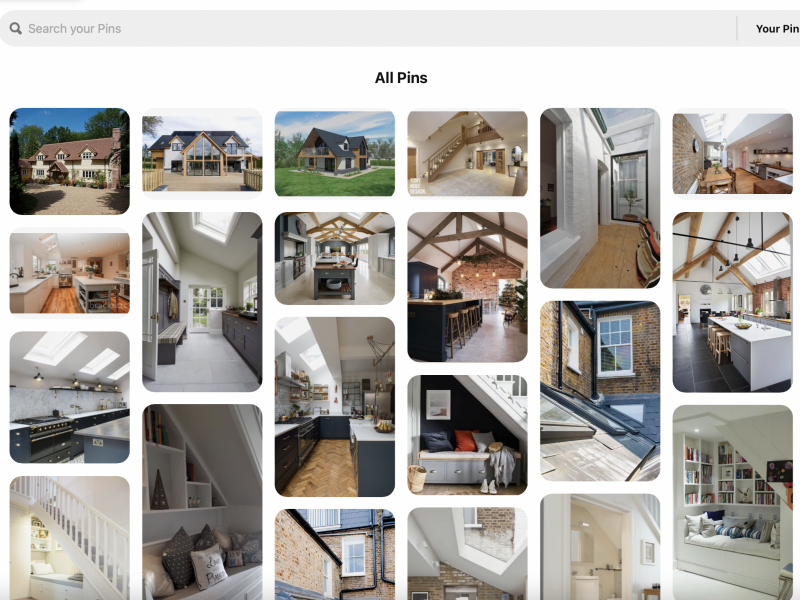
Tips & Guides: The ‘Right to Light’ explained
It’s an issue that is frequently overlooked but the ‘right to light’ is a crucial piece of legislation that may scupper a bid to build an extension to a property.
It’s a subject that’s often overlooked when planning to build an extension to a house but the ‘right to light’ can easily derail the endeavour as a separate piece of legislation, not always realised during the planning process.
Essentially, a person’s ‘right to light’ is enshrined under common law and, in England and Wales, by the Prescription Act 1832.
In effect this means that a window that has received more than 20 years of unobstructed daylight has automatically earned itself ‘a right to light’.
Sounds confusing? It isn’t really since this means the window’s ‘rights’ will override any other and it means that a development that has been granted planning permission will be overridden should someone protect their ‘right to light’.
The ‘Right to Light’ and Planning Law
Basically anyone planning on erecting a new building needs to be aware of their limiting the amount of light which enters a neighbour’s window, to affect the level of natural light inside to below an accepted level.
In law, this will constitute an obstruction.
So unless the owner of the window has waived his rights, he would be entitled to take legal action against the landowner who is blocking his light.
This isn’t a joke article on the Selby Designs blog page! We are acutely aware of the issues involved and go to great lengths to help ensure our clients don’t get caught up in this sort of situation.
However, the issue isn’t so clear cut because the law recognises that some loss of light is acceptable and so losing natural light does not necessarily give the property owner the right to complain.

Preparation and Awareness for a Building Project are Key
That sounds like some ‘wriggle room’, right? To an extent it is but these parameters haven’t been tested in law and the right to light is something that is often overlooked by those wanting to build an extension to their property – especially in the case of a terraced home.
Indeed, this is an issue we find ourselves highlighting to clients on a regular basis.
Essentially, the law protects homeowners to the amount of natural light entering their property which may be reduced by a neighbour’s planned extension (or, as we have perhaps a new garden wall or shed, for instance).
The big problem is that many people believe this issue is taken care of under planning rules when, in fact, it doesn’t actually have anything to do with planning, meaning that people can incorrectly assume that if it is not brought up through the planning application process then the right to light is not an issue.
It’s important to remember that when considering an extension, the right to light is a separate piece of law and can still be enforced – even after planning consent has been given.
Dealing with a ‘Right to Light’ Complaint
For anyone considering a new development, there are three general rules they need to be aware of it when it comes to protecting a right to light:
- the reduction in light must make the property less fit for its purpose
- what is considered to be sufficient light varies as expectations and standards of living increase
- also, the question of appropriate light will vary from region to region and from building to building
Should a neighbour complain that their right to light has been affected, they may have a legal case to claim for compensation or negotiate changes to the development.
In some cases, they may be entitled to a combination of both or even to have the offending development removed altogether.
Be Aware of the ‘Right to Light’ Legislation
One of the most common problems is when homeowners employ a local building firm to build a house extension without really appreciating how their development affects their neighbours.
For these small building projects, people rarely employ professional advisers and they are unaware of the problem until they receive a solicitor’s letter outlining the complaint.
For anyone considering building an extension, or indeed any development that involves building a high structure, they should investigate whether their neighbours have rights that are not going to be infringed.
This means taking proper advice at every stage or to use the services of a firm that has the expertise and experience of recognising and dealing with the issue.
For more information about the designing and building of new extensions and developments, contact us today!




